An international team of scientists led by the Schultze Lab at the University of Bonn’s Life and Medical Sciences Institute, bring a dogma to falter: Until now, immunologists believed that Macrophages could divide into two different forms: The "classical macrophages," that spur on the inflammatory processes and the "alternative macrophages," that act to shut down inflammation. An extensive study drawing on basic science and intricate bioinformatics analysis has now revealed that these immune cells differentiate into at least 9 different forms that tackle ‘intruders’ in their own way. Macrophages play a role in many diseases, such as atherosclerosis, obesity, diabetes, asthma, Alzheimer and cancer; "This is the dawn of completely new treatment options," says Prof. Schultze. The results are published in the renowned journal Immunity. More..
Publication: Xue J et al. Transcriptome-based Network Analysis Reveals a Spectrum Model of Human Macrophage Activation, Immunity 40, 274-288, Feb 20, 2014.
Commentary:
Natoli G and Monticelli S. Macrophage Activation: Glancing into Diversity, Immunity | Preview
Contact:
Prof. Joachim L. Schultze
Life & Medical Sciences (LIMES) Institute
Phone: +49 (0) 228 736 2787
E-mail: j.schultze@uni-bonn.de
Web: Schultze Lab
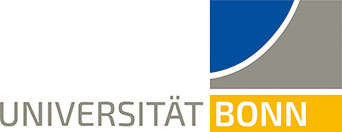



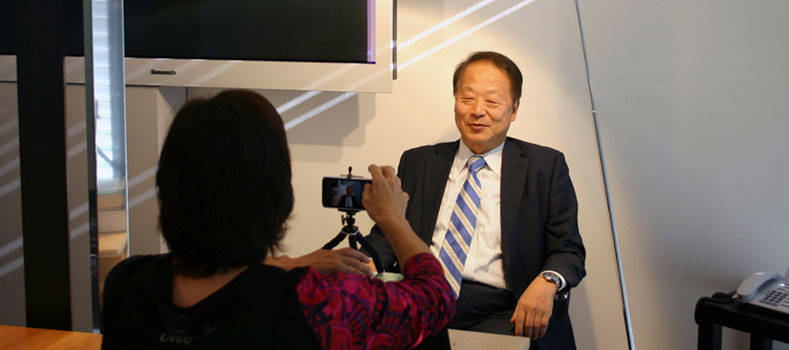
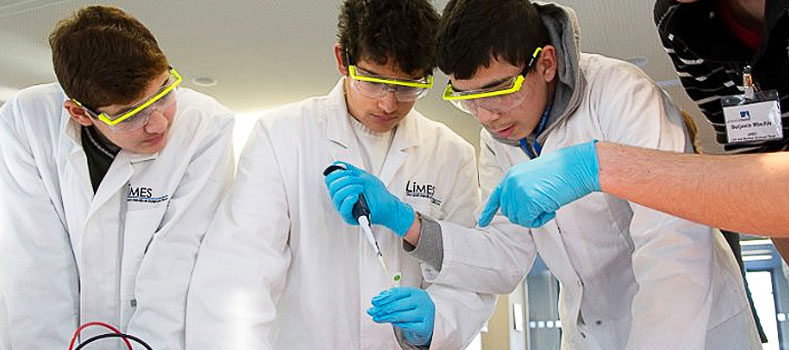
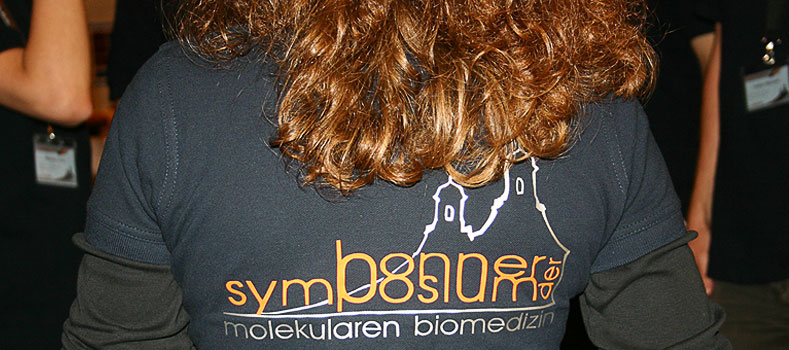
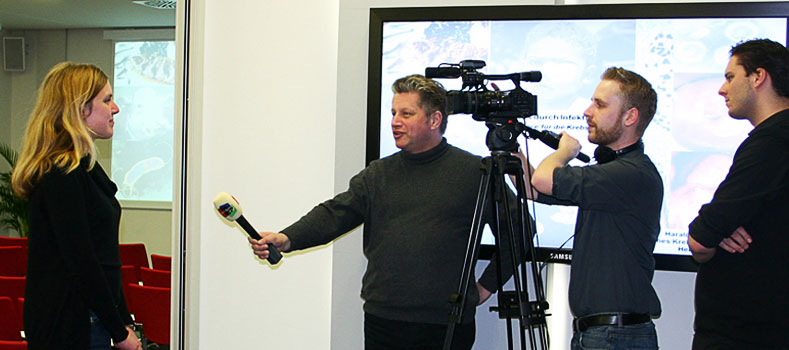
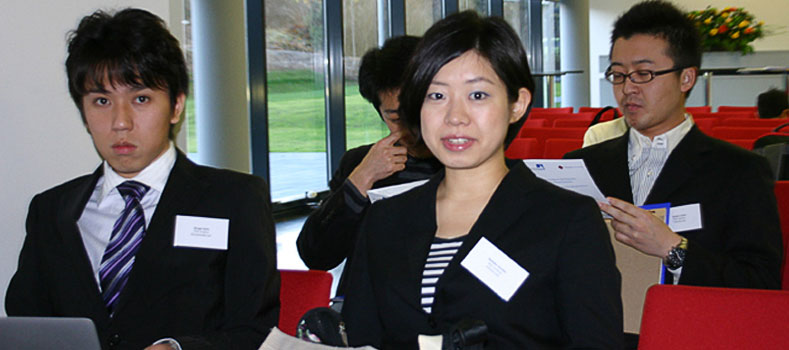
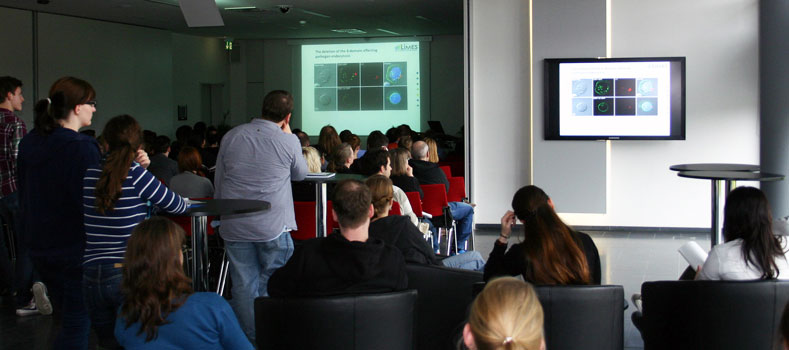




![[Translate to englisch:] Immunity Cover [Translate to englisch:] Immunity Cover](/fileadmin/_processed_/f/3/csm_Immunity_Cover_Schultze_afd15e082b.jpg)